BoC kept overnight rate target unchanged at 1.50%. Tightening bias is maintained as “higher interest rates will be warranted to achieve the inflation target”.
Overall economy evolved “closely in line” with BoC’s July projections. Q3 GDP is expected to “slow temporarily” due to “further fluctuations in energy production and exports.” The surge in July CPI to 3% was “higher than expected” but “in large part because of a jump in the airfare component”. BoC maintained that CPI will move back to 2% in early 2019.
BoC also talked down trade threats as “demand towards business investment and exports is proceeding”.
Overall, BoC sounds rather confident on the economy and it’s on course for another rate hike in October.
Full statement below.
Bank of Canada maintains overnight rate target at 1 ½ per cent
The Bank of Canada today maintained its target for the overnight rate at 1 ½ per cent. The Bank Rate is correspondingly 1 ¾ per cent and the deposit rate is 1 ¼ per cent.
CPI inflation moved up to 3 per cent in July. This was higher than expected, in large part because of a jump in the airfare component of the consumer price index. The Bank expects CPI inflation to move back towards 2 per cent in early 2019, as the effects of past increases in gasoline prices dissipate. The Bank’s core measures of inflation remain firmly around 2 per cent, consistent with an economy that has been operating near capacity for some time. Wage growth remains moderate.
Recent data on the global economy have been consistent with the Bank’s July Monetary Policy Report (MPR) projections. The US economy is particularly robust, with strong consumer spending and business investment. Elevated trade tensions remain a key risk to the global outlook and are pulling some commodity prices lower. Meanwhile, financial stresses have intensified in certain emerging market economies, but with limited spillovers to other countries.
The Canadian economy is evolving closely in line with the Bank’s July projection for growth to average near potential. Following growth of 1.4 per cent in the first quarter, GDP rebounded by 2.9 per cent in the second quarter, as the Bank had forecast. GDP growth is expected to slow temporarily in the third quarter, mainly because of further fluctuations in energy production and exports.
While uncertainty about trade policies continues to weigh on businesses, the rotation of demand towards business investment and exports is proceeding. Despite choppiness in the data, both business investment and exports have been growing solidly for several quarters. Meanwhile, activity in the housing market is beginning to stabilize as households adjust to higher interest rates and changes in housing policies. Continuing gains in employment and labour income are helping to support consumption. As past interest rate increases work their way through the economy, credit growth has moderated and the household debt-to-income ratio is beginning to edge down.
Recent data reinforce Governing Council’s assessment that higher interest rates will be warranted to achieve the inflation target. We will continue to take a gradual approach, guided by incoming data. In particular, the Bank continues to gauge the economy’s reaction to higher interest rates. The Bank is also monitoring closely the course of NAFTA negotiations and other trade policy developments, and their impact on the inflation outlook.
Information note
The next scheduled date for announcing the overnight rate target is October 24, 2018. The next full update of the Bank’s outlook for the economy and inflation, including risks to the projection, will be published in the MPR at the same time.




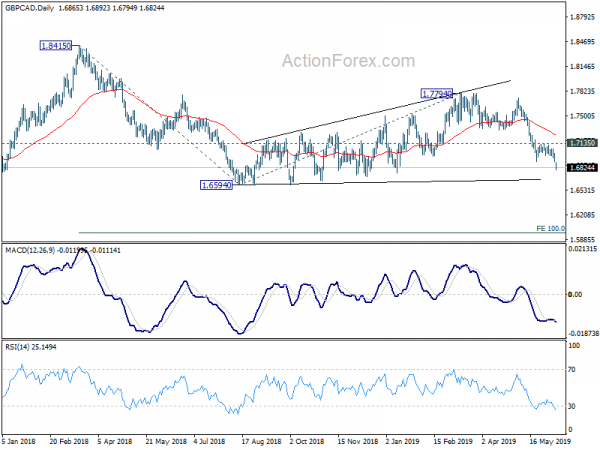
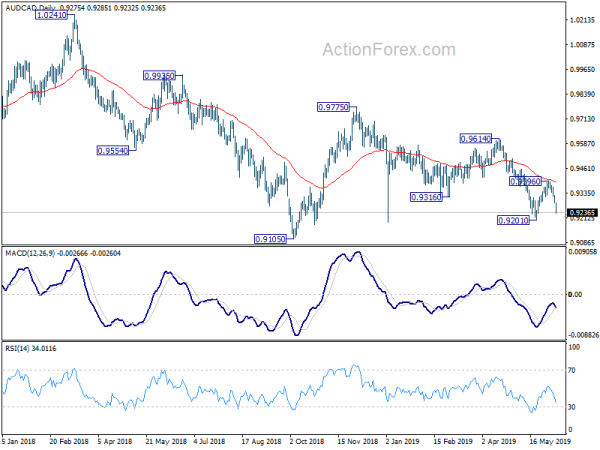
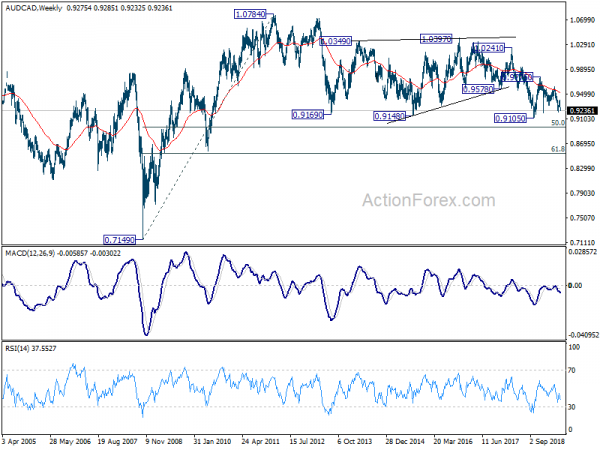
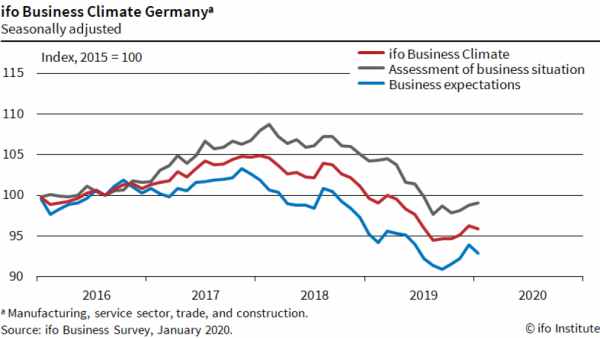
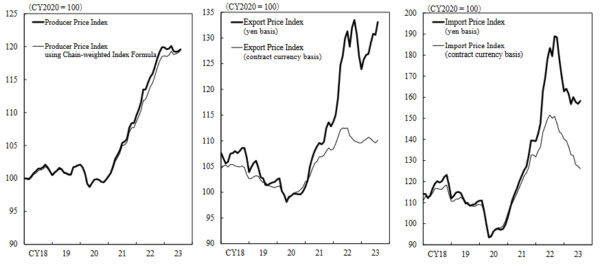
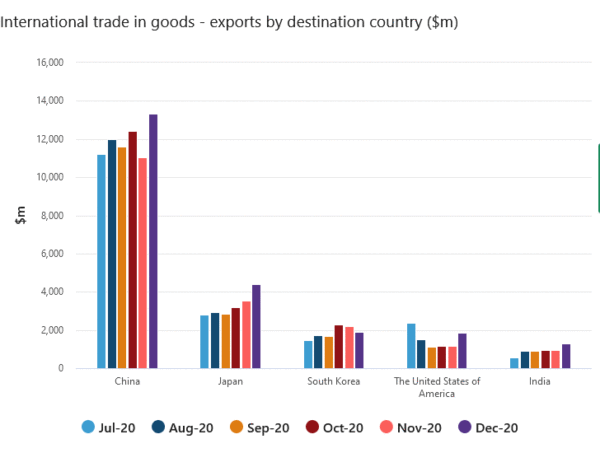
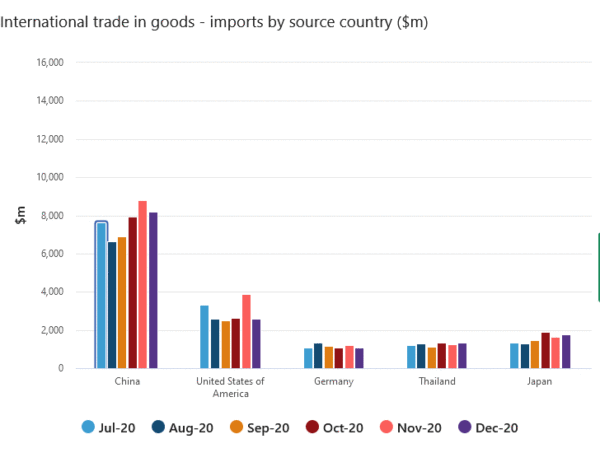
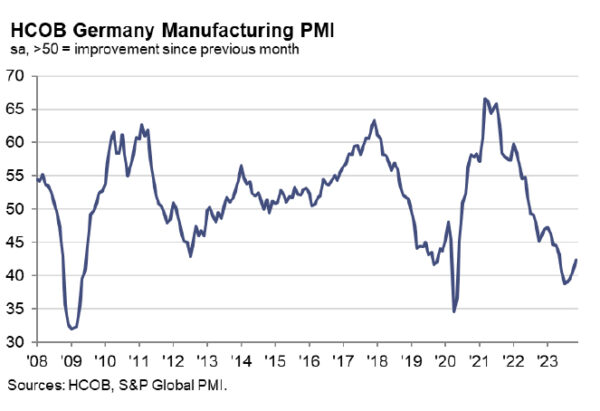
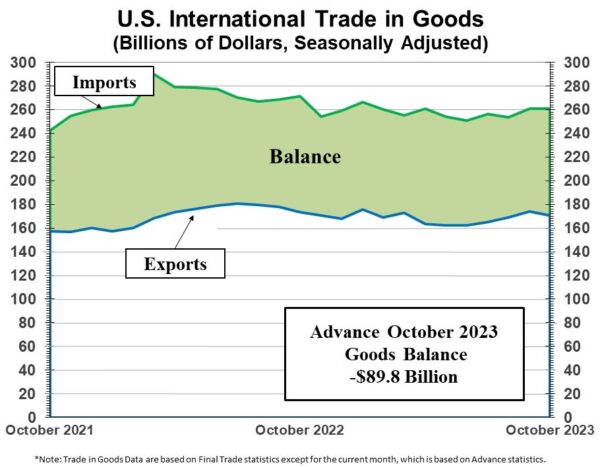
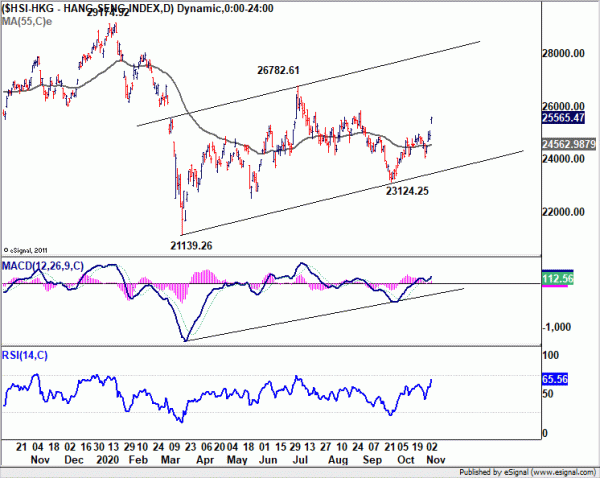
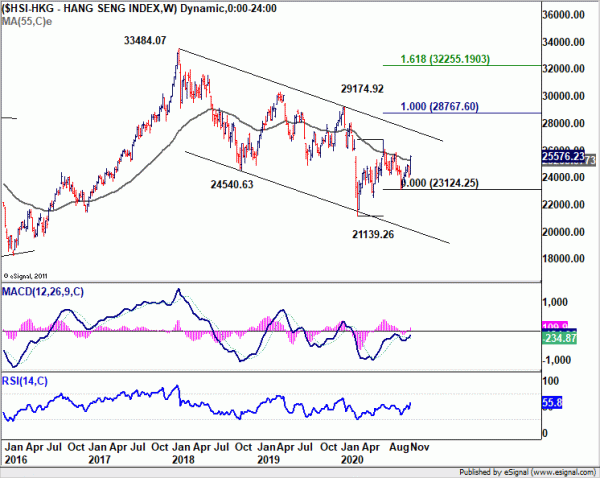
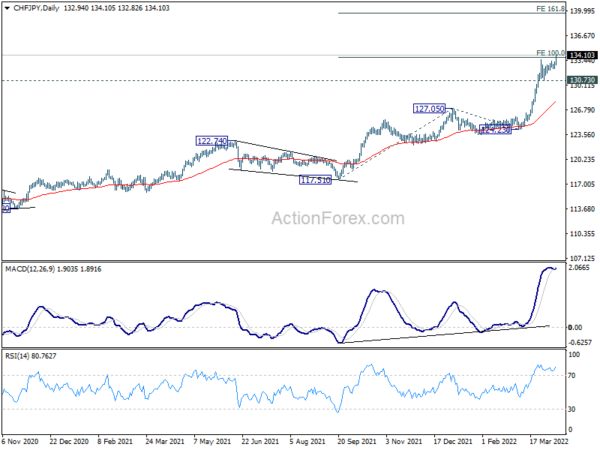
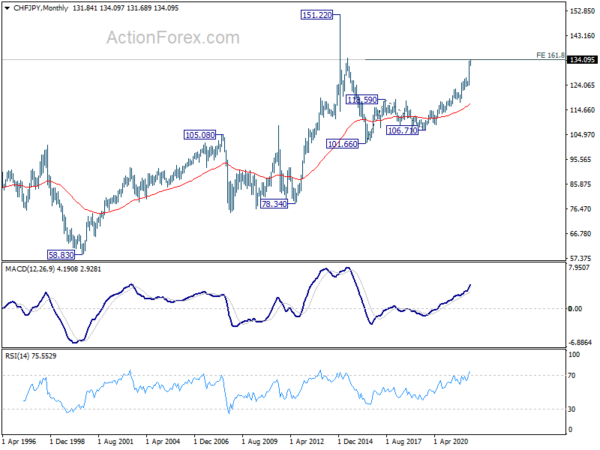

Into US session: Dollar sold off broadly, Swiss Franc and Euro strongest
Entering into US session, Dollar continues to be under broad selling pressure. Expectation that Fed is unlikely to raise interest rate again this year, with some chance of even a cut towards the year end, is weighing down on the greenback. Today’s ISM services and Wednesday’s FOMC minutes are unlikely to alter such speculations. Dollar will instead look into Friday’s CPI release for rescue.
Canadian Dollar follows as the second weakest even though WTI crude oil is still extend near term rebound. Yen is the third weakest as corrective pull back continues. On the other hand, Swiss Franc is the strongest one for today so far. Euro is ignoring deterioration in investor confidence and follows as second strongest. New Zealand Dollar is the third best performer for now.
In European markets, at the time of writing:
Earlier in Asia:
Chinese investors are cautious as US-China trade negotiation resumed in Beijing today. It’s originally arranged as a vice ministerial level meeting. But Vice Premier Liu He, Xi’s top official on trade, surprisingly attended the meeting too. Liu’s participation is seen by some that China is putting much effort to make a deal.